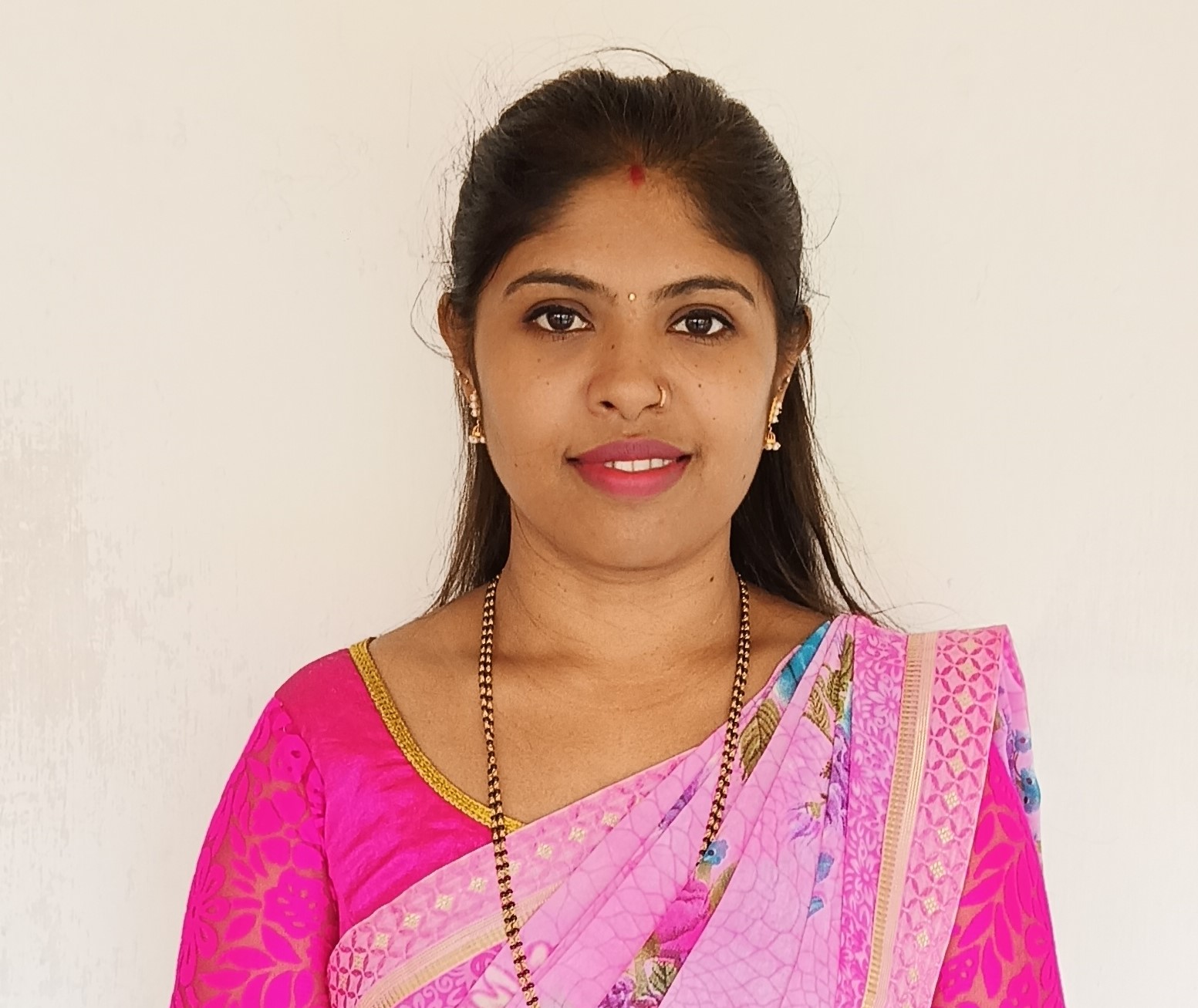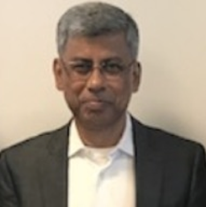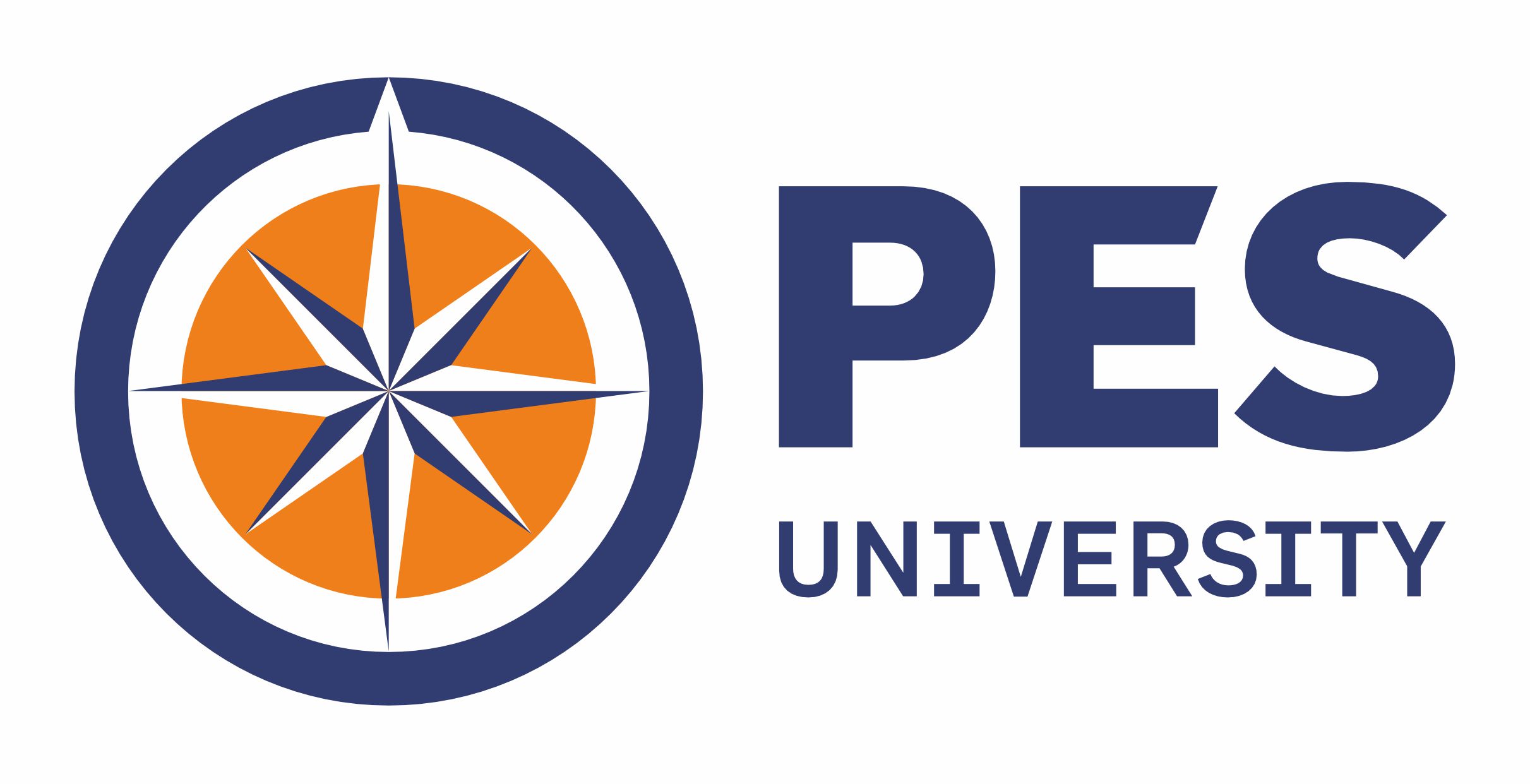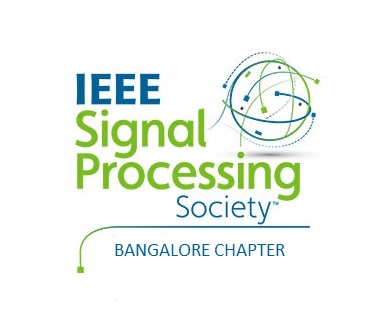Title of the Tutorial: THz Technology for 6G Communication Network (60minutes)
Biography: Vishnu Srivastava received his Ph.D. degree in Engineering from the Department of Engineering, University of Lancaster, Lancaster, U.K., under commonwealth scholarship, in 1987. His Ph.D. thesis was on large-signal-modelling of high power coupled-cavity TWT. He worked at CSIR-Central Electronics Engineering Research Institute, Pilani (Rajasthan) as a scientist from 1976 till 2015. He was a Professor under Ac-SIR, New Delhi. After his retirement as a chief scientist and head of the Microwave Tubes Division in 2015, he was emeritus scientist (CSIR) and emeritus professor (AcSIR) at CSIR-CEERI, till Nov.2018. He worked successfully on the design and development of various types of high-power microwave, mm-wave and sub-mm wave tubes. He also developed both the small-signal and the large-signal models for high power high efficiency and broadband TWTs. He was the chief investigator of ISRO funded space TWT projects for satellite transponders, and designed and developed C-band 60W Space TWT, Ku-band 140W Space TWT and also Ka-band 20W space TWT. He was also co-chief investigator of high-power C-band 75kW Coupled-cavity TWT project for defence radar funded by MTRDC/DRDO. He also designed and developed X-band 70kW Coaxial Magnetron for ECCM radar and S-band 30W TWT as preamplifier for a high-power radar. He was also actively associated with other development projects related to Gyro devices, Magnetrons and various plasma devices, at CSIR-CEERI. He worked on the design of THz TWTs under CSIR network projects and during his emeritus scientist scheme. He actively participated with collaborative exchange programs with various foreign universities in UK, Germany, France, Japan and South Korea. His SUNRAY-1D large signal code for multi-signal nonlinear analysis of helix TWTs was exported to E2V co., UK, and it was also purchased by MTRDC/DRDO, Bangalore. He also guided a number of MTech and PhD research students for their research work on high power microwave and THz devices. More than 14 research students received their PhD degree under his supervision. He has more than 200 research publications in reputed journals. Presently he is life fellow of IETE, VEDA (vacuum electronic devices & applications) Society, Indian Vacuum Society, Indian Plasma Society, Indian Physics Association and Computer Society of India. Earlier he was senior member of IEEE (USA) and IEE (UK). His present research interest is in design of high-power THz TWTs/BWOs for new emerging applications related to ultra-wide band communication and medical imaging/sensing.
Abstract: Terahertz (THz) frequencies from 0.1 THz to 0.3THz of the electromagnetic spectrum are being explored for ultra-broadband communication networks having channel capacity greater than 1 terabits per second (TB/s) because of the availability of large bandwidth. The world over including in India, extensive research works have been initiated to explore THz frequencies around 0.14 THz and 0.22THz because of relatively low atmospheric attenuations for future 6G wireless communication network. India is expecting for successful launching of 6G using THz frequencies by 2030. The Bharat 6G vision document was launched in March 2023 and the 6G test bed facility is going to be established within our country. This is going to provide an enabling environment for innovation, capacity building, and faster technology adoption for our next generation 6G communication network.
6G Communication network will meet the rapidly growing demands of high data and speed caused by the increasing users, induction of smart and massive IoTs, fully automated vehicles and other autonomous systems, mobile apps using AI even for wireless medical sensing, imaging and treatment, ultra HD videos, satellite communications, point to point communication network for high security, etc. Although presently launched 5G technology is being upgraded with the use of much higher frequencies up to 0.1THz, work has been initiated for next generation communication networks to meet our future demands. It is well known that the channel capacity of a communication network is directly related to the RF signal bandwidth, and 1 TB of data can be transferred within one second using a carrier signal of 0.22THz with bandwidth around 22 GHz. Some of the key 6G research areas are: THz sensing and communications, ultra-massive MIMO, full duplex communication, new network topologies, ultra-highspeed channel coding, new waveforms, multiple access, reconfigurable intelligent surfaces, distributed computing, AI and machine learning, etc. Many institutions and R&D labs are now working in India for 6G wireless communication networking. Antennas and other passive and active components/devices are being designed and developed to empower a 6G network, and a 6G test bed is being established.
For THz frequency generation and amplification, both solid-state and the vacuum-based devices are being designed and developed based on: (i) up-conversion of present electronic devices, (ii) direct THz generation and (iii) down conversion of optoelectronic devices. The second approach of direct THz generation and amplification is most appealing, and both solid-state devices and vacuum microelectronic devices (VMEDs) are being extensively investigated. Presently, solid-state amplifiers are low-power devices with power not more than 0.1W at 0.22THz frequency although they are highly linear. However, advancements of solid-state devices are extensively going on for increased power and greater bandwidth at THz frequencies. Manufacturing of such devices may soon be possible within our country, also. On the other hand, vacuum devices are compatible with high output power. Among different VMEDs, TWTA (travelling wave tube amplifier) is mostly used for ultra-wideband communication at THz frequencies because of its high output power >100W, large bandwidth >30GHz, high efficiency, and high linear gain >30dB. A planar structure with a sheet electron beam is chosen for a THz TWT. Microfabrication technologies are being used to fabricate the structure with high mechanical precision (within ±1μm) and high surface finish with a roughness <10nm. In this tutorial, the importance of THz technology, important research areas for 6G wireless communication networks, and both the solid-state and the vacuum microelectronic devices for the generation and amplification of THz frequencies will be presented.
Speaker: H. L. Shashirekha, Asha Hegde, Mangalore University, India

 Title of the Tutorial: Word-level Language Identification in Code-mixed Dravidian Languages (90 minutes)
Title of the Tutorial: Word-level Language Identification in Code-mixed Dravidian Languages (90 minutes)
Biography: Dr. H L Shashirekha received her Master’s and PhD degree in Computer Science from University of Mysore, Mysore. With more than 25 years of teaching experience, she is currently a Professor of Computer Science in the Department of Computer Science at Mangalore University, Mangalore, Karnataka State. Her research areas include Natural Language Processing of low-resource Dravidian languages with a special focus on Kannada - the regional language of Karnataka and Tulu – the local language of Dakshina Kannada. She has broad experience of processing code-mixed text processing, especially in Dravidian languages, and has authored more than 70 scientific publications with a h-index of 11. She is an active researcher and organized several shared tasks in various workshops including Dravidianlangtech2022, ICON2022, Dravidianlangtech2023, and FIRE2023. She was also a keynote speaker at Dravidianlangtech2022@ACL.
Asha Hegde is a Research student in the Department of Computer Science, Mangalore University. Her research areas include Natural Language Processing of low-resource Dravidian languages. She has participated in more than 10 shared tasks and is a highly experienced researcher in organizing shared tasks in low-resource languages, such as Machine Translation in Dravidian languages-ACL2022, CoLI-Kanglish shared task@ICON2022, Sentiment Analysis in Tamil and Tulu- DravidianLangTech@RANLP, and Tulu word-level LI (Coli-Tunglish). She has published more than 13 research articles with H.L. Shashirekha and most of them are on applications of Dravidian languages.
Abstract: Language Identification (LI) in text processing traditionally focuses on automatically detecting languages within a document, predominantly in high-resource languages such as English, Spanish, German, and French. However, recent technological advancements have shed light on the significance of addressing LI challenges in multilingual countries like India, where people blend their mother tongue or local/regional language with English creating code-mixed comments. Indian languages in general, and Dravidian languages, in particular, are marginalized in LI because of lack of resources. To address this issue, we intend to organize a tutorial on” Word-level Language Identification in Code-mixed Dravidian Languages” that aims to address word-level LI in code-mixed Dravidian language texts (Kannada, Tulu, and Tamil). The tutorial covers a preliminary talk on word-level LI in Dravidian languages followed by hands-on (demo codes).
Word-level LI is the identification of language of the words present in any given text. It is a significant task in applications involving code-mixed text as users have the tendency to mix up words of two or more languages (among them one language will usually be English). LI at word-level is modeled as a sequence labeling problem which involves labeling every term/word in a sequence/sentence with one of the languages in a predefined set of languages. Dravidian languages such as Kannada, Tamil, Telugu, Malayalam, Tulu are low-resource languages and word-level LI in these languages is not explored.
Speaker: Dr. Vinayakumar Ravi, Center for Artificial Intelligence, Prince Mohammad Bin Fahd University, Khobar, Saudi Arabia

Hands-on Session: Deep learning approach for intelligent malware detection system (December 19, 2023, 4.30 pm - 5.30 pm)
Biography: Vinayakumar Ravi (https://vinayakumarr.github.io/) is an Assistant Research Professor at Center for Artificial Intelligence, Prince Mohammad Bin Fahd University, Khobar, Saudi Arabia. His previous position was a Postdoctoral research fellow in developing and implementing novel computational and machine learning algorithms and applications for big data integration and data mining with Cincinnati Children's Hospital Medical Center, Cincinnati, OH, USA. His current research interests include applications of data mining, Artificial Intelligence, machine learning (including deep learning) for biomedical informatics, Cyber Security, image processing, and natural language processing. He has more than 100 research publications in reputed IEEE conferences, IEEE Transactions and Journals. His publications include prestigious conferences in the area of Cyber Security, like IEEE S&P and IEEE Infocom. Dr. Ravi has receieved a full scholarship to attend Machine Learning Summer School (MLSS) 2019, London. He has organized a shared task on detecting malicious domain names (DMD 2018) as part of SSCC'18 and ICACCI'18. He received the Chancellor's Research Excellence Award in AIRA 2021 and his name was included in the World's Top 2% Scientists by Stanford University published in PLoS Biology.
Abstract: Malware, short for malicious software is posing a great challenge to Cybersecurity by causing huge damage to enterprises and users. Traditional signature-based malware detection techniques are broadly classified as Static, Dynamic and Hybrid. These techniques have found it challenging to detect malware as it has changed and evolved over time. Machine learning techniques have become popular for malware detection but they are based on heuristic feature engineering, which is expensive and requires domain expertise. Deep learning automates the task of feature engineering. Structural and behavioral features are vital to detect new malware samples. Signature-based mechanisms fail to detect new malware even though they are similar to existing samples as they do not consider these features. The structural similarity between known and new samples has been utilized by the image-based detection and classification techniques which has proven to be effective in this case. The image-based malware detection is platform independent and can detect packed malware. First, I will present conversion of malware binaries into image representation in this session. Second, I will discuss the implementation of deep learning models for intelligent malware detection system. The deep learning models include transfer learning. ImageNet-based models are fine-tuned on the malware image dataset so that the model learn the features within the shorter time and utilize fewer computing re-sources, and obtain the high accuracy malware detection and classification.
CALL FOR TUTORIAL PROPOSALS
The Fifth International Conference on Computing and Network Communications (CoCoNet'23) will be held in Bangalore, India on December 18-20, 2023. The technical program of the Conference will include tutorials, regular technical sessions, symposiums, workshops, lightning talks and plenary/keynote speeches. CoCoNet'23 solicits proposals for Tutorials (one hour or one and half hours duration) for presentation at the conference. Topics of the proposed tutorials should be aligned with the topics in the call for papers for the main conference. The proposals should reach preferably by 20 September 2023, to any of the Tutorial Co-Chairs at sakib.pathan@gmail.com or sameepmehta@in.ibm.com
- Each tutorial will be of one hour or 90 minutes duration.
- Local support (travel and accommodation) including necessary logistics support will be provided to all the speakers.
- Registration fee will be waived.
- Each speaker needs to send a proposal to Tutorial Chairs (title, abstract, topics covered, short bio, details of talks delivered previously, Link to Google Scholar Profile, etc..)
- Chairs will make a final decision on the proposals.
Tutorial Chairs
Al-Sakib Khan Pathan, United International University (UIU), Dhaka, Bangladesh
Sameep Mehta, IBM Research AI, India





 Title of the Tutorial: Word-level Language Identification in Code-mixed Dravidian Languages (90 minutes)
Title of the Tutorial: Word-level Language Identification in Code-mixed Dravidian Languages (90 minutes)



